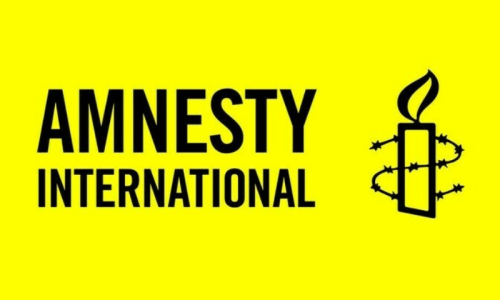
TAXILA: The Dharmarajika stupa, the largest Buddhist complex in Taxila believed to have been established by Mauryan emperor Ashoka in the 3rd century BC, on Monday came alive with rituals and prayers of Buddhist monks from Sri Lanka.
Over 20 monks, including three women, from 19 temples led by Chief Monk Professor N. Gnanaratana Thero along with 14 religious scholars, government officials and pilgrims visited ancient sites in Taxila, including the stupa, Sirkap remains and the museum to observe the Vesakh festival.
In 1999, the United Nations resolved to observe the Vesakh festival annually on May 21. The ‘Vesakh Mela’ was organised by National History and Literary Heritage Division.
The Sri Lankan chief monk told Dawn that Gandhara was a binding force between Pakistan and the Buddhist world.
He said the observance of the Vesakh festival for the second time in Pakistan by the Sri Lankan monks would be another milestone in cementing cultural relations between the two friendly countries.
He urged Pakistan to properly publicise its rich cultural and historical treasurer as the world, especially the Buddhist countries, had little knowledge about the rich Buddhist culture of Pakistan.
“Every year, 130,000 monks from Sri Lanka visit India on pilgrimage and why Pakistan cannot attract this religious tourism potential.” He said with the promotion of its soft image, improvement of infrastructure and the development of archaeological treasure Pakistan can become a religious tourism destination.
It may be mentioned that last year Pakistan provided sacred relics, including two bone relics of Lord Buddha, a golden casket containing the relics and a stone reliquary in a stupa shape for an exhibition in connection with the Vesakh Buddhist festival in Sri Lanka.
Also in June 2011, Pakistan had sent the holy relics to Sri Lanka for an exhibition there when the world was marking the 2600th anniversary of the attainment of the enlightenment.
The relic casket of steatite with a miniature gold casket inside, containing holy bone relics, were discovered near the Dharmarajika stupa.
According to Abdul Nasir Khan, the curator of the Taxila Museum, the Dharmarajika stupa was the earliest and the largest Buddhist religious complex in the Taxila valley. The Buddhist complex is located on the bank of Dharma rivulet.
He said according to available record and references, the stupa was built to enshrine the redistributed holy relics of the Buddha by the famous Mauryan king Asoka, who was also known as Dharmaraja for his services to Buddhism.
Published in Dawn, May 23rd, 2017












































